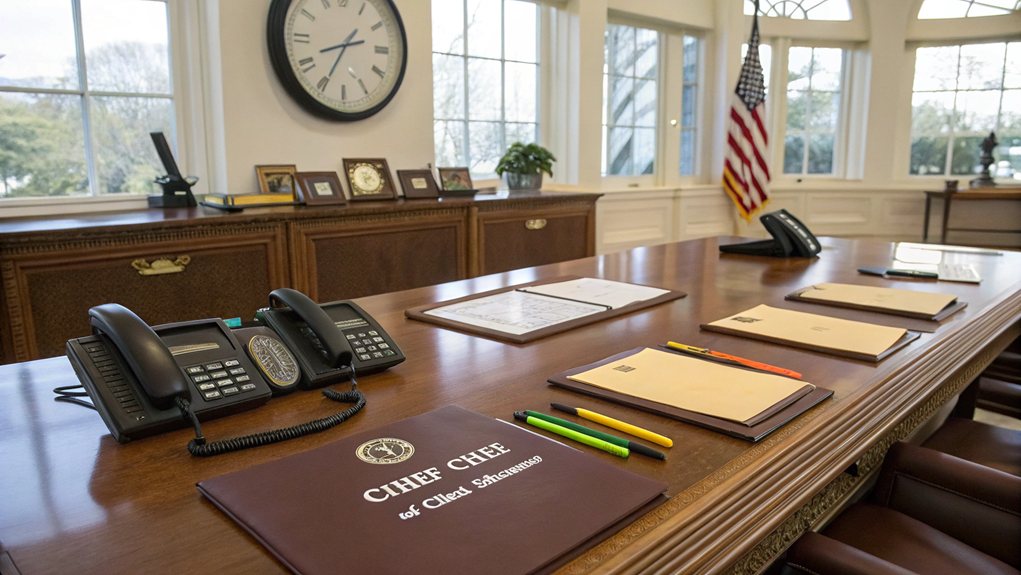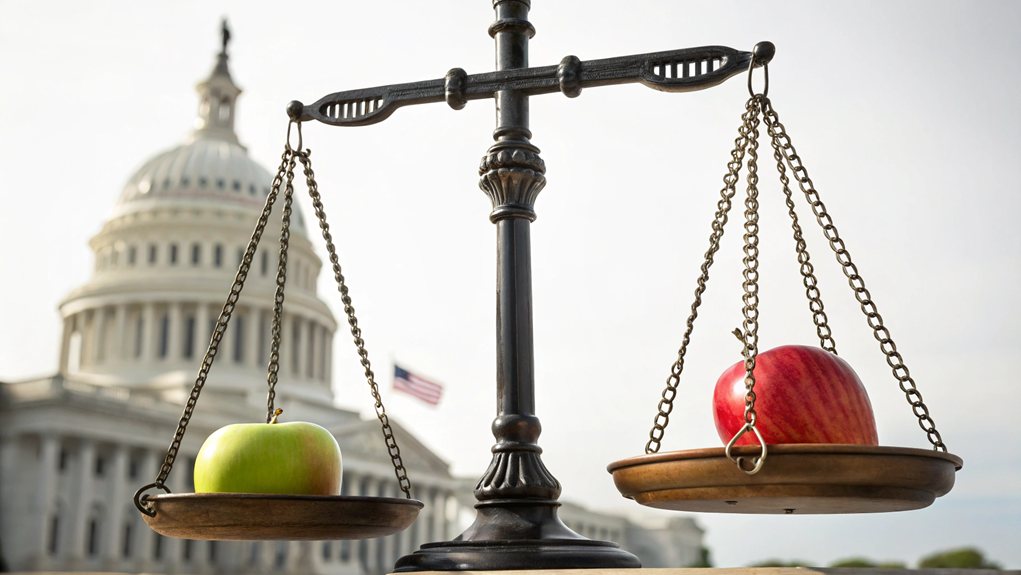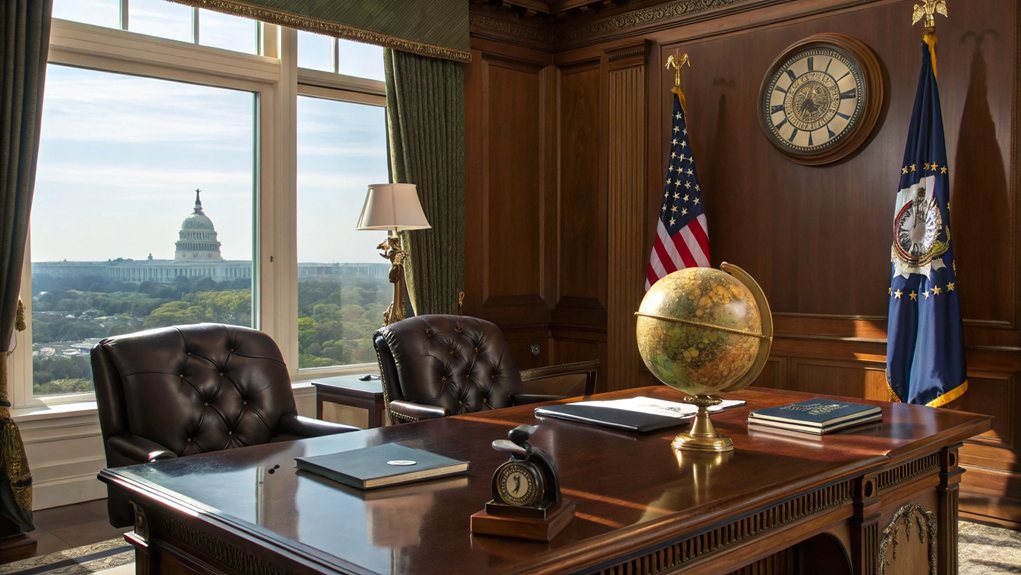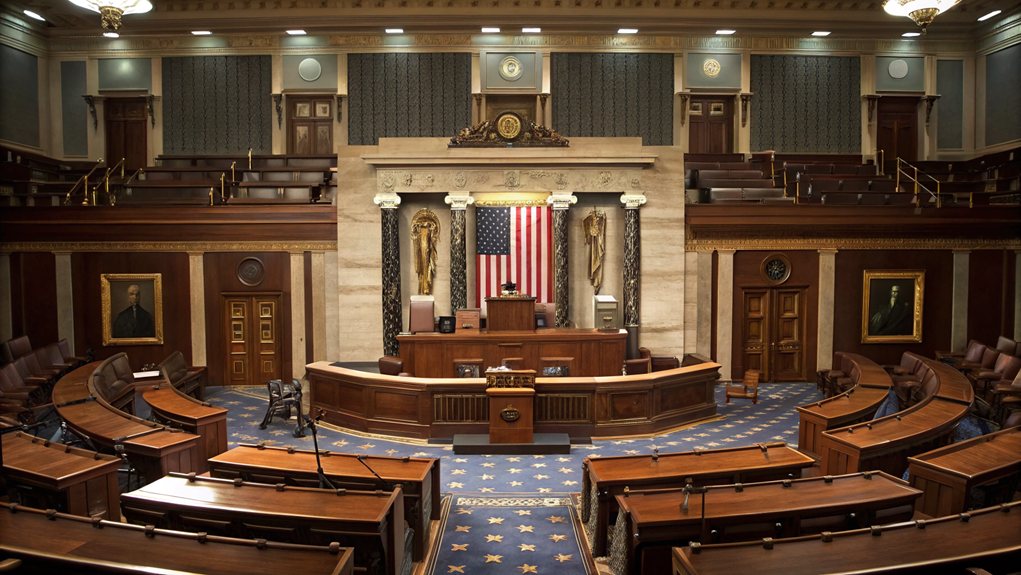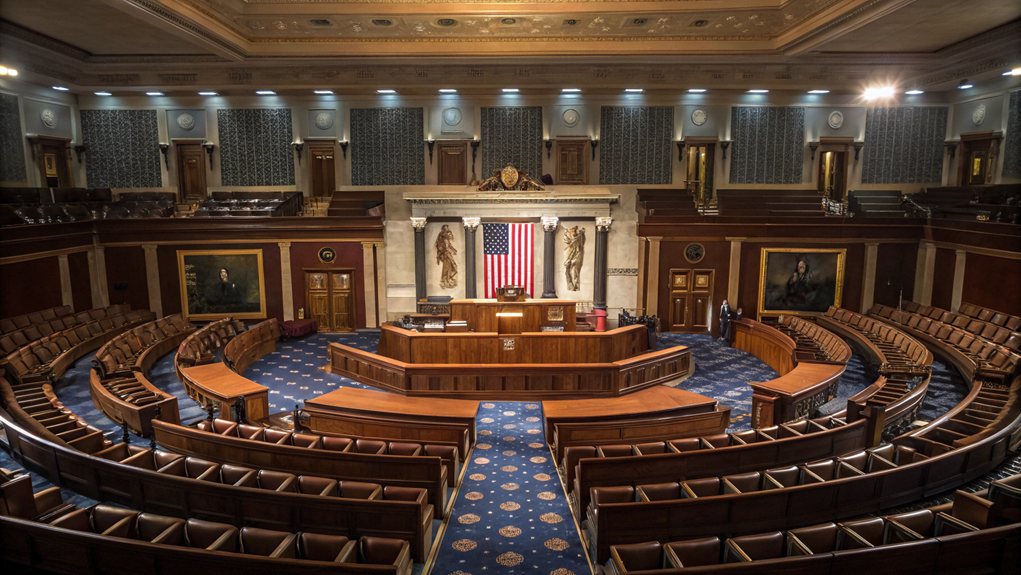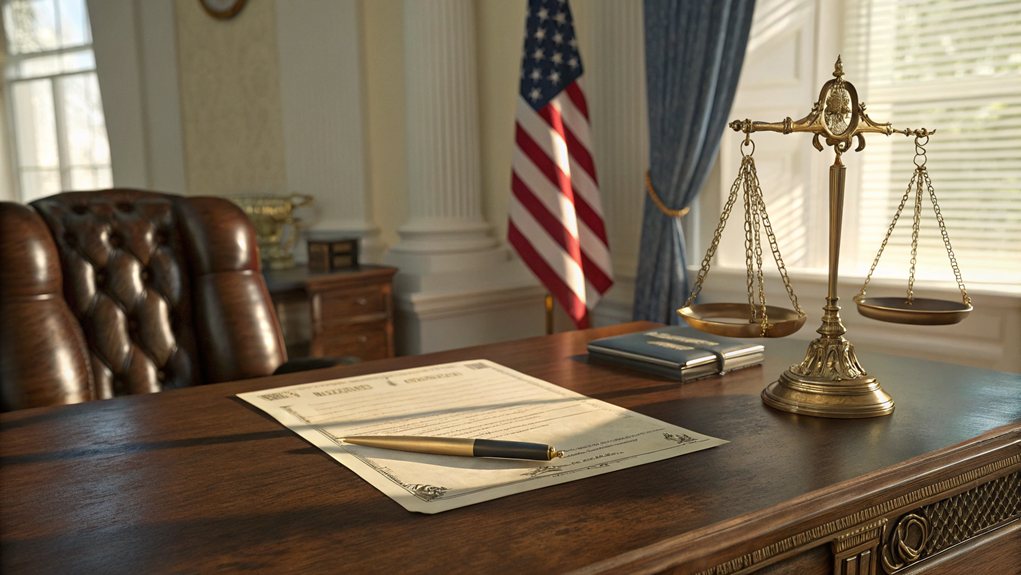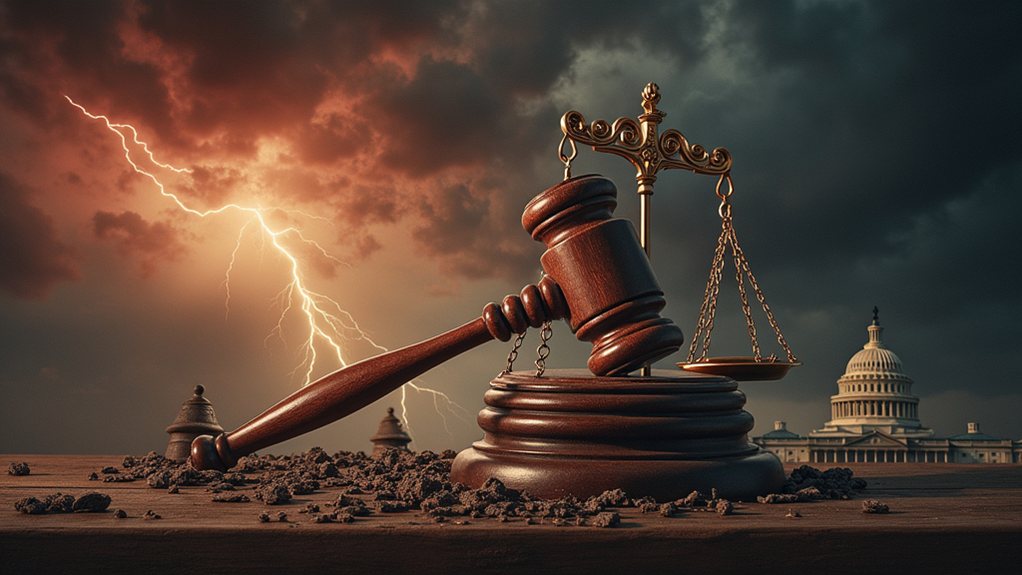The White House Chief of Staff is basically the President's right-hand person—if the hand were controlling the whole operation. They're the gatekeeper, managing staff, the Presidential schedule, and communication. They juggle competing interests while keeping Congress in line, all without needing Senate approval. And let's be real, they often take the heat for political drama. It's a tough gig! Stick around—there's more on what makes this role such a high-stakes game.
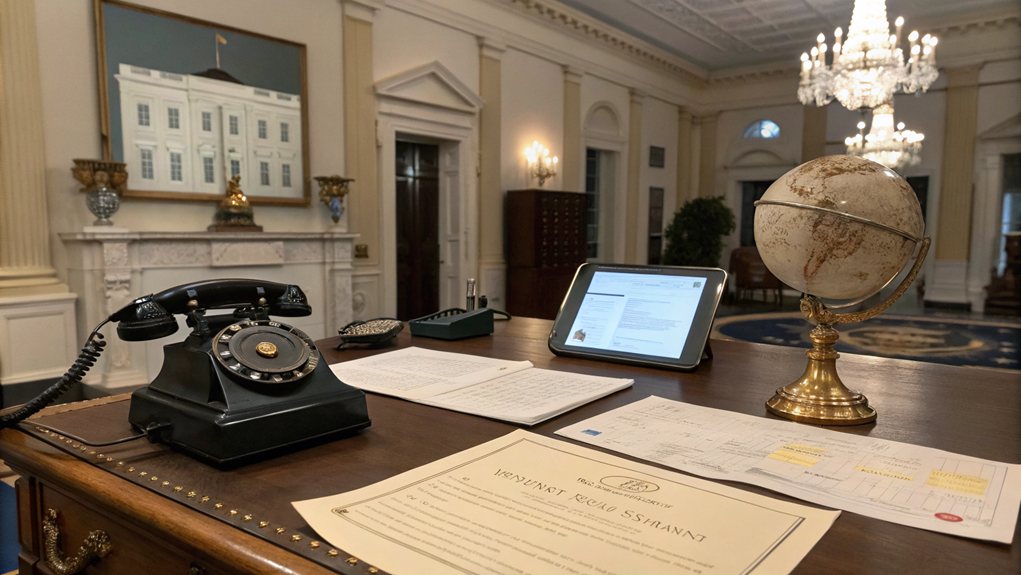
In the whirlwind world of Washington politics, the White House Chief of Staff stands as the ultimate gatekeeper. This person is the top political appointee in the White House, wielding immense power without needing Senate confirmation. Think about that—a position so influential, and yet, all it takes is a nod from the President.
The Chief of Staff oversees the Executive Office of the President (EOP) and is the one who controls who gets access to the President. It's essential for the White House's smooth operation.
Their job? It's a laundry list of responsibilities. They select and supervise key White House staff, manage the President's daily schedule, and keep communications flowing like a well-oiled machine. They're the ones negotiating with Congress, trying to push the President's agenda through the political maze.
And yes, they must protect the President's political interests like a hawk eyeing its prey.
But wait, there's more. The Chief of Staff also coordinates policy development. They make sure everything aligns with the President's vision. They direct discussions on policy issues and interact with various offices, from the Council of Economic Advisers to the Office of the Vice President.
They're the glue binding the executive branch together—if that glue sometimes feels sticky and frustrating, well, that's just part of the game. The Chief of Staff's role has evolved since its formalization in 1953, becoming a critical position within the Executive Office of the President. Personnel churn in presidential administrations often complicates the ability to maintain a cohesive team.
Historically, this role became more formalized in 1953 under President Eisenhower, but every president since Truman has had one. The average tenure? Less than three years. Talk about a revolving door.
It's a tough gig, balancing competing interests and priorities while keeping everyone from losing their minds. Effective Chiefs of Staff are the unsung heroes—or villains, depending on whom you ask—critical for a successful presidency. With so many stakeholders to juggle, it's no wonder they often find themselves in the hot seat.
Frequently Asked Questions
How Is the Chief of Staff Selected?
Selecting a chief of staff? It's not just a random pick.
Loyalty is key—trust is non-negotiable. They need political savvy and management chops. A changeover team usually does the scouting, digging into backgrounds like they're FBI agents.
And forget Senate approval; the president calls the shots here. It's a bit like choosing a best friend for the White House.
High stakes, high drama—what could possibly go wrong?
What Qualifications Are Needed for the Role?
The qualifications for this gig? They're no joke.
You need serious political savvy and the skill to juggle a million priorities. Experience in policy? Check.
You'll be the president's gatekeeper and advisor, so communication skills are a must.
You've got to lead diverse teams and negotiate like a pro.
Oh, and don't forget: you might need to tell the president some hard truths. Good luck with that!
Can the Chief of Staff Be Fired?
Absolutely, the Chief of Staff can be fired, no questions asked.
The President holds all the cards here. If they're not vibing with their Chief, it's bye-bye. This position isn't protected by any law, so it's all about the President's mood swings.
Sometimes it's policy disagreements, sometimes it's just a clash of egos. Either way, when it's over, it's over.
Welcome to the cutthroat world of White House politics!
How Does the Chief of Staff Influence Policy Decisions?
The chief of staff wields serious influence over policy decisions.
They're the gatekeepers, deciding what issues bubble up to the president's desk. They manage information flow like a pro, ensuring only the juiciest details make it through.
And let's be real, they advise, supervise, and negotiate, all while keeping the chaos at bay.
It's a balancing act, juggling crises and cabinet demands.
Basically, they're the unsung heroes (or villains) behind the scenes.
What Is the Typical Term Length for a Chief of Staff?
The average tenure of a White House Chief of Staff? Just over 18 months. Sounds cozy, right?
Some chiefs stick around longer—like Andrew Card, who held the job for years.
But let's be real; high turnover is the name of the game. One minute you're in charge, the next you're out the door.
It's a revolving door of power and pressure. Welcome to the political circus. Buckle up!
